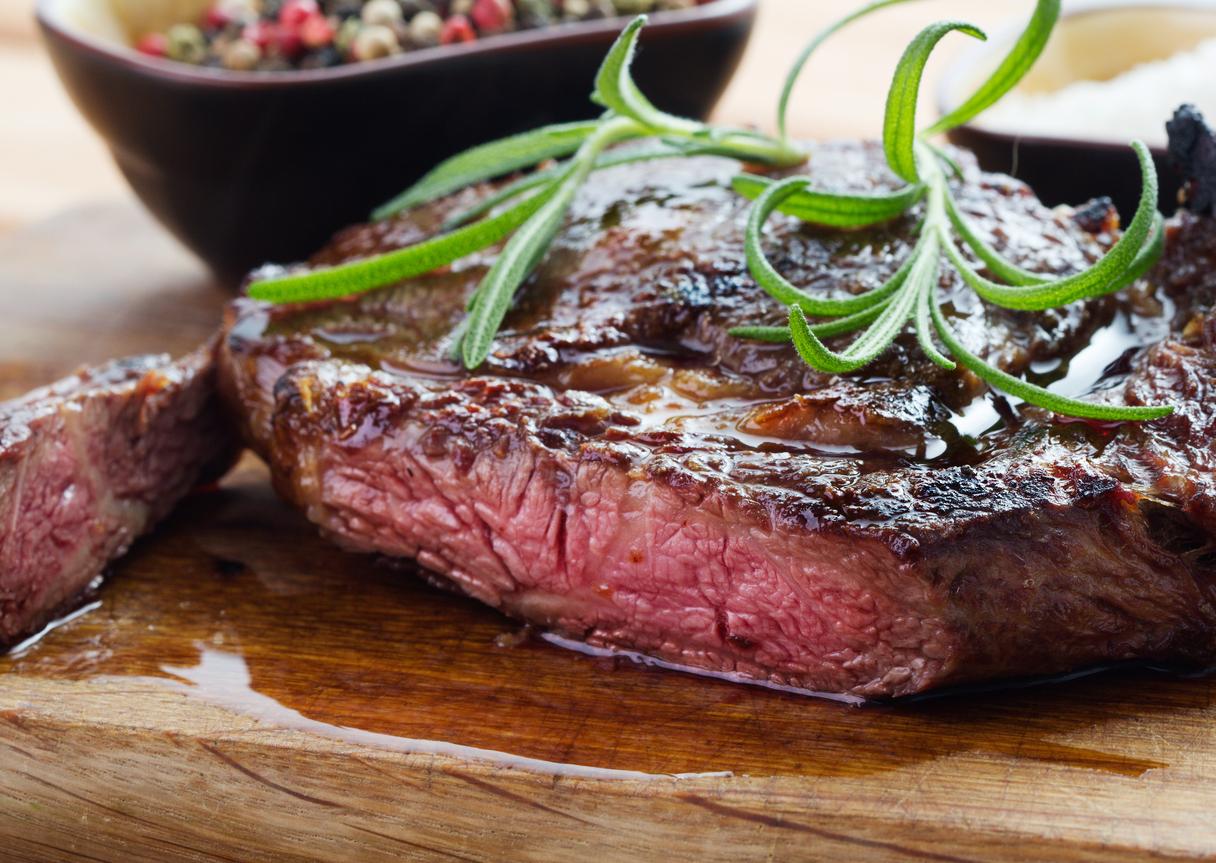How to cook the perfect steak
It's a little-known technique that could transform your at-home steaks

Your support helps us to tell the story
From reproductive rights to climate change to Big Tech, The Independent is on the ground when the story is developing. Whether it's investigating the financials of Elon Musk's pro-Trump PAC or producing our latest documentary, 'The A Word', which shines a light on the American women fighting for reproductive rights, we know how important it is to parse out the facts from the messaging.
At such a critical moment in US history, we need reporters on the ground. Your donation allows us to keep sending journalists to speak to both sides of the story.
The Independent is trusted by Americans across the entire political spectrum. And unlike many other quality news outlets, we choose not to lock Americans out of our reporting and analysis with paywalls. We believe quality journalism should be available to everyone, paid for by those who can afford it.
Your support makes all the difference.Steak. It’s a divisive food about which people have strong opinions.
Cut, preparation, cooking method, duration of cooking and serving are all up for debate.
Everyone has their own favourite method - some swear by oiling the steak not the pan, others rely on a grill, many people sear the steak in a pan before transferring it to the oven, others quickly fry on a high heat before turning down to medium.
However it’s now been claimed that a little-known technique is actually the best way - it’s called the ‘reverse sear’.
According to Serious Eats, this method results in perfect steak.
It entails slow-cooking the steak in the oven first, then finishing it off with a hot sear. The technique isn’t new, but most people don’t know about it.
The reverse-sear works best with steaks that are one and a half to two inches thick, and for the best results, you should refrigerate the steak uncovered overnight to dry out the outside.
How to reverse sear a steak:
- Season your thick cut steak.
- Place the steak on a wire rack set in a rimmed baking sheet.
- Preheat the oven to between 200 and 275°F.
- Roast the steak until it reaches a temperature about 10°F to 15°F below the final temperature at which you'd like to serve it (check with a thermometer) - for a rare steak, this would take around 20 minutes, whereas a medium well steak would need 35 to 40 minutes.
- Just before you remove the steak from the oven, heat a tablespoon of oil in a heavy-based frying pan on the highest possible heat.
- Once the oil is smoking, add the steak with a tablespoon of butter. Fry on one side until brown (about 45 seconds), before turning over to cook the top and finally the edges.
- There’s no need to rest the steak to serve immediately!
“It's a really remarkable method, and if you're looking for a steak that's perfectly medium-rare from edge to edge, with a crisp crust, there's no better technique that I know of,” says J. Kenji López-Alt.
As a restaurant-trained chef, former editor at Cook's Illustrated magazine, James Beard Award winner, New York Times bestselling author and managing culinary director of Serious Eats, it might just be worth listening to López-Alt.
And he’s not alone in extolling the virtues of the reverse sear - according to Falko Molitor, General Manager of transatlantic steakhouses Smith & Wollensky, the technique has been used used for many years by professional chefs, particularly when used in combination with sous vide.
“It gives you an excellent control of the core temperature of the meat, especially for smaller steak cuts or when using side of beef when making a roast,” Molitor explained to The Independent.
At Smith & Wollensky, however, the chefs don’t use the reverse sear technique because their cuts are so big it would take too long - they use charbroilers which produce a thicker crust on the outside of the steaks whilst keeping the tender and succulent core intact.
But the chefs recommend the reverse sear for at-home steak-cooking because it gives you an excellent control of the core temperature, regardless of the size of the steak.
“Definitely give it a try at home as it can yield excellent results,” Molitor says.
Join our commenting forum
Join thought-provoking conversations, follow other Independent readers and see their replies
Comments